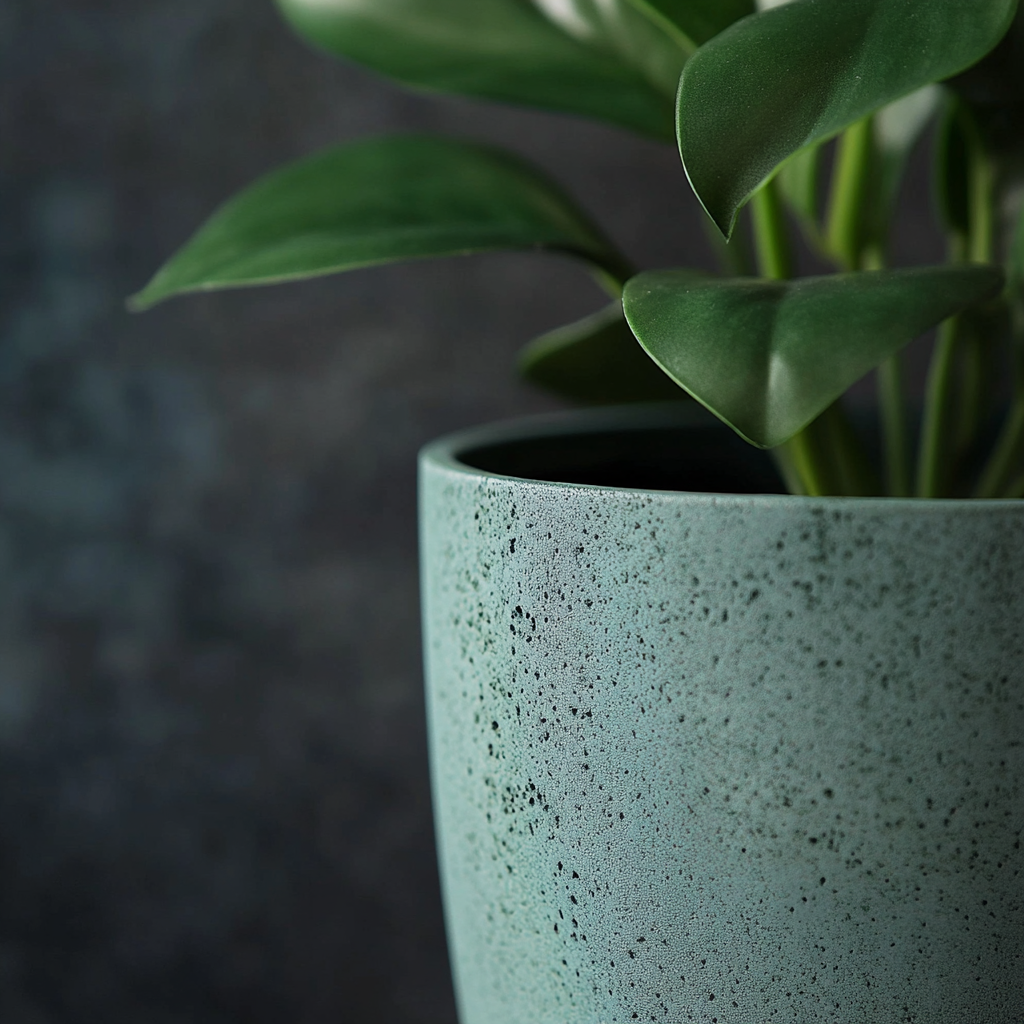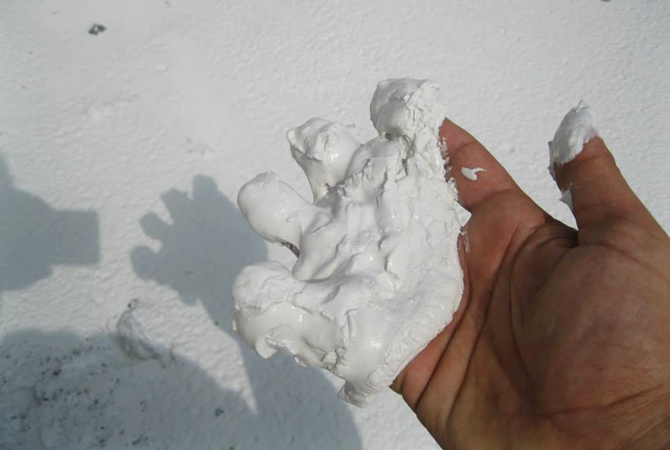Lightdust is crafted with up to 50% filler derived from stone and quarry dust, primarily sourced from the sawing of marble blocks using diamond wire technology. This dust, when discharged into water, transforms into sludge, posing significant environmental challenges. By repurposing it into Lightdust, alongside a base polymer made from 100% recycled polypropylene, we turn waste into innovation while protecting ecosystems.
What makes Lightdust truly sustainable is its adaptability—by using locally sourced quarry dust, production can be tailored to regional resources, minimizing the environmental impact associated with transporting raw materials and offering an eco-conscious solution to quarries worldwide.
This breakthrough material is the result of three years of dedicated research and development. We are proud to now open doors for collaboration, inviting major compounders to license the patented technology or explore other mutually beneficial partnerships.



